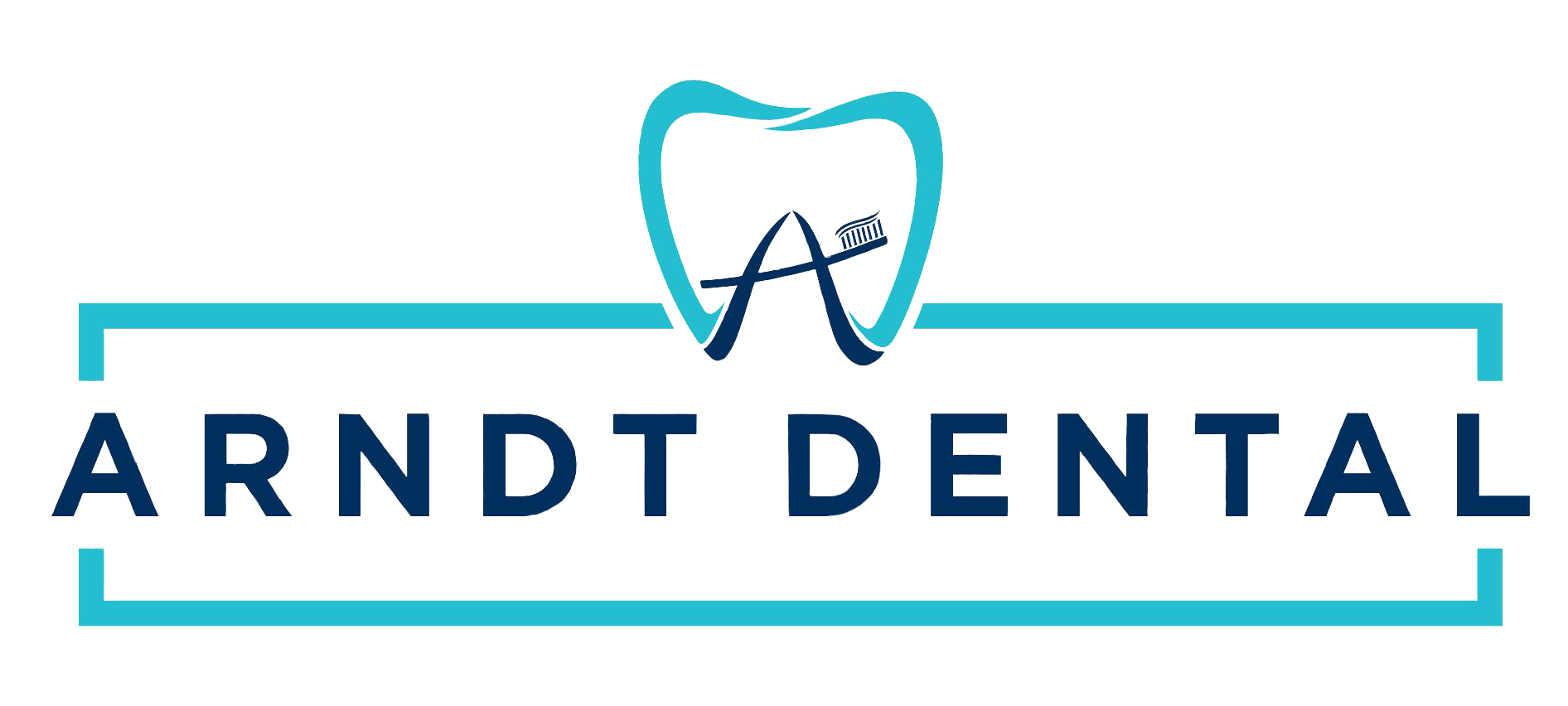It might sound strange, but our team is thankful for any initiative that raises awareness about common, yet challenging, dental issues. In this case, November marks TMJ Awareness Month and we’re grateful that there is an official designation to educate the population about this often-overlooked condition. Before the month ended, we wanted to take a moment to highlight some important things to know.
What is TMJ?
You might have heard someone say they suffer from TMJ; however, that is inaccurate. TMJ actually stands for temporomandibular joint, which connects your jaw to the temporal bones of your skull, located just in front of each ear. This joint allows your jaw to move up and down and side to side, enabling you to talk, chew, and yawn.
If someone is experiencing pain in this joint, they are actually suffering from TMD or temporomandibular disorder, which can be caused by a range of factors including:
- Arthritis
- Genetics
- Jaw injury
- Teeth clenching or grinding
What are the symptoms of TMD?
Anyone who has experienced discomfort stemming from their TMJ knows that this disorder can be challenging and quite painful.
Symptoms of TMD are varied and might include:
- Pain or tenderness in the jaw area, often worsened by chewing or jaw movement.
- Pain in one or both of the temporomandibular joints.
- Aching pain around and in the ear.
- Difficulty or discomfort while chewing.
- Aching facial pain.
- Locking of the joint, making it difficult to open or close the mouth.
- Clicking or grating sounds in the jaw joint when opening or closing the mouth, which may or may not be painful.
How is TMD treated?
There are several treatments available for TMD and determining the right one requires a professional consultation and careful consideration of your unique case. Depending on the severity and cause of the symptoms, treatment options for TMD range from self-managed care and non-invasive treatments to more complex medical procedures, which is why you need to consult your dentist for an accurate diagnosis and plan moving forward.
Consider the following like a sample menu of possible treatment options according to the primary categories of self-care, non-invasive options, dental interventions, as well as advanced and alternative treatments.
Self-care and lifestyle modifications
- Opting for soft foods: To reduce stress on the TMJ, substitute soft foods taken in small bites for hard, chewy, or large bites of food.
- Ice or heat packs: Applying ice or warm compresses can help alleviate pain and inflammation; of course, this is just a temporary solution and will not address the cause of your TMD.
- Stress management: Stress seems to be at the heart of most physical ailments and TMD is certainly one of them. Some patients find relief by exploring relaxation techniques like meditation or yoga.
- Jaw exercises: Gentle stretching and strengthening exercises are best when introduced by a dental professional and can help improve jaw movement, which, in turn, might alleviate symptoms of TMD.
Non-invasive treatments
- Pain relievers and anti-inflammatories: Over-the-counter medications or prescription drugs can help manage pain and inflammation.
- Dental splints or mouth guards: These devices, worn over the teeth, can help alleviate clenching or grinding, thus reducing stress on the TMJ.
- Physical therapy: This can include exercises to strengthen and stretch the jaw muscles, along with techniques like ultrasound, moist heat, and ice.
When self-care and lifestyle adjustments fail to make a difference, the next course of action is to pursue dental interventions.
Dental interventions
- Bite adjustment: Technically termed an occlusal adjustment, this procedure corrects dental alignment, which can help relieve TMD symptoms.
- Orthodontic treatment: In some cases, braces or other dental work may help in correcting bite issues contributing to TMD.
Advanced treatments
- Corticosteroid injections: For severe inflammation, corticosteroid injections in the TMJ may be recommended.
- Surgery: Surgical options, such as arthrocentesis, TMJ arthroscopy, or open-joint surgery, are considered in severe cases where other treatments have failed. This is a rare situation; in fact, fewer than 5% of patients with TMD require surgical intervention.
Alternative therapies
- Acupuncture: Some find relief from TMD symptoms through acupuncture.
- Biofeedback: This technique can help improve awareness and control over muscle tension and jaw clenching. Research shows this option is most successful in patients whose TMD is attributed to high muscle tension.
Important considerations
- Diagnosis: Proper diagnosis by a healthcare professional is crucial, as TMD can mimic other conditions.
- Conservative approach: Starting with less invasive treatments is the best strategy. You can always ramp us, as needed, depending on your dentist’s opinion.
- Regular follow-up: Ongoing care and adjustment of treatment strategies may be necessary, which your dental team can help you evaluate and manage.
If you think you’re struggling with TMD, it’s time to get a proper evaluation and diagnosis by a dental professional.
This month is the perfect excuse to take action and take back control from TMD.
Contact our office for a consultation!

